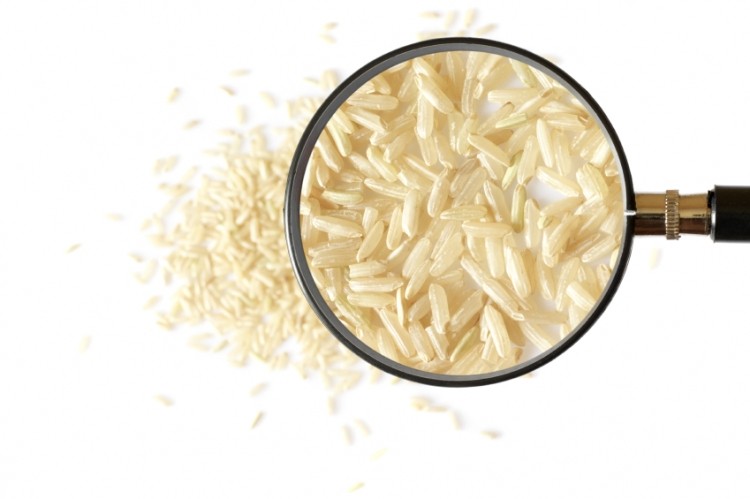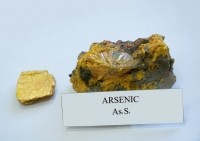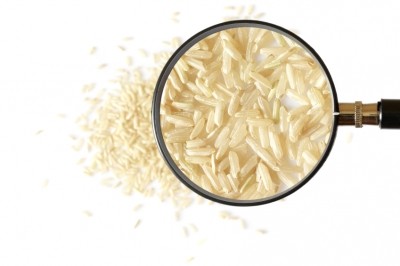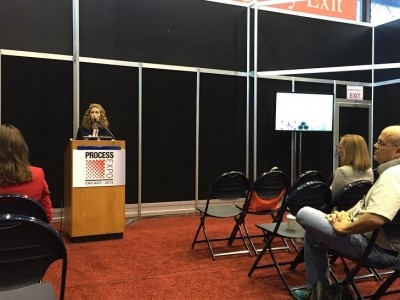Scientist slams EU arsenic limits as a safety fail

The maximum permitted levels of inorganic arsenic in food, set in June this year, will be mandatory in all EU member states from the 1 January 2016 onwards.
But professor of biological sciences at Queen’s University in Belfast, Andrew Meharg, told FoodNavigator that the levels were too high- meaning exposure to arsenic would be much the same.
“[The levels] are not appropriate - they are set too high, at near maximum levels that are currently found in rice so they offer no incentive for growers/manufacturers to lower inorganic arsenic in rice," he said.
“An opportunity has been lost to provide safer food to the EU populace by not setting standards lower.”
The only exception to this lost opportunity was baby food where set levels were lower – but they could have been even lower still, said Meharg.
But a spokesperson for the Commission told us that Europeans would be more protected because before there were no maximum levels at all, while Daniele Pisanello, food lawyer and founding member of Lex Alimentaria, welcomed the threshold levels for filling a legal vacuum. This had been problematic for producers in terms of safety and legal certainty, he said.
Half of baby food over the limits
Industry trade group, the Food and Drink Federation said the new levels provided robust, proportionate legislation and that industry was working to ensure compliance ahead of the January deadline.
Meharg predicted that the biggest rush towards compliance would be for manufacturers of baby food. “Many will have to reformulate. From our 2015 survey around 50% of rice based products intended for consumption for young children exceed the new standard and will be illegal from the 1st of January 2016.”
A 2014 risk assessment carried out by EFSA found that exposure to inorganic arsenic was lower than previously thought, causing the body to lower its estimated intake. But a channel four documentary aired later in the same year found that 58% of products on the market would exceed recommended limits for children that were, at that time, being discussed by the EC.
Along way to go
Meanwhile, Pisanello said the limits would constantly need to be revised to keep up with developments in food production.
“Protection of human health is an endless process: the more the innovation, the higher the risks.
"If inorganic arsenic has clearly evident 'carcinogenic potential', as EFSA said in its 2009 scientific opinion, we need to gather specific data for different food commodities to support dietary exposure (...) and dose-response data for the possible health effects. I guess we are just at the beginning of a long way.”
What is arsenic and why is it in our food?
Arsenic occurs naturally in the earth’s crust and is released through natural and anthropogenic processes, including the melting of copper and lead and the use of fossil fuels. It then enters the soil, groundwater and surface water, and can then be absorbed by plants.
In food, arsenic occurs both in the form of organic compounds (e.g. in fish and seafood) and inorganic compounds. Inorganic arsenic compounds are classified as carcinogenic in humans.
When consumed over long periods of time, even in relatively small amounts, they can result in skin changes and vascular and nerve damage, as well as being toxic to development and contributing to cardiovascular problems.








